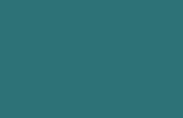


ArtNews
Critic's Pick - November
Art in Iraq Today:
Part 1
Modhir Ahmed
Hanaa Malallah
Nedim Kufi
Meem Gallery, Dubai
12 October - 11 November 2010
Part 1
Modhir Ahmed
Hanaa Malallah
Nedim Kufi
Meem Gallery, Dubai
12 October - 11 November 2010
Art in Iraq Today:
Part I (Oct – Nov 2010)
Modhir Ahmed, Nedim Kufi and
Hanaa Malallah
Part II (Nov – Dec 2010)
Ghassan Ghaib, Kareem Risan and Nazar Yahya
Part III (Feb – Mar 2011)
Himat Ali, Amar Dawod and Delair Shaker
Part IV (Mar – Apr 2011)
The modern masters
Dia Al-Azzawi, Rafa Al-Nasiri and Ali Talib
Part I (Oct – Nov 2010)
Modhir Ahmed, Nedim Kufi and
Hanaa Malallah
Part II (Nov – Dec 2010)
Ghassan Ghaib, Kareem Risan and Nazar Yahya
Part III (Feb – Mar 2011)
Himat Ali, Amar Dawod and Delair Shaker
Part IV (Mar – Apr 2011)
The modern masters
Dia Al-Azzawi, Rafa Al-Nasiri and Ali Talib

Join artBahrain.org

November 2010
FOR THE opening of a four part exhibition curated by Dia Al Azzawi, Art in Iraq Today: Part 1 was intelligently grouped with Iraqi artists of the 80s presenting a range of style that reminds us of what all other self-consciously national art has made clear: that style is an instrument of “content” rather than an end in itself.
Dia’s task in grouping contemporary Iraqi artists in diaspora without having anything in common apart from being born and educated in Iraq in the 80s makes sense of Erwin Panofsky’s famous line, “content, as opposed to the subject matter, is the basic attitude of a nation, a class, a religion or philosophical persuasion - all this unconsciously qualified by one personality.”
It also reminds us of an often overlooked truth: that style develops in and through changes - inner “self” transformations - of cultural content.
Iraqi art if not full of stylistic revolutions, has undergone its own specific evolution. Thus, Modhir Ahmed (born 1956) carries Malevichism to an original extreme. His works has a familiar metaphoric fury and the under-laying multiple textures and crude drawings have a flair which removes the genre from its earlier solemn applications, giving it a fresh lease on aesthetic life. It thus bespeaks the great task of art today: to restore enigma to a radically secularised world by creating a survivor’s awareness of self - a last modernist fling.
Burned and folded canvas by Hanaa Malallah (born 1958) is another extreme sense of selfhood, the sort of ‘individuality’ of expressiveness which speaks of intrusion, the often violent processes and structures of diasporic flows of people across regions. Buoyed by theories of abstraction, her work is a passive element latent in all Conceptualism. Nonetheless the burnt edges of the canvas gives an appearance of graphic outlines where light and shadow intersect in what looks like violated landscapes - the survival of a natural environment - into a searingly personal content.
While Nadim Kufi’s (born 1962) black and white photographs has a political point but it seems this is secondary to the production of a double anonymity - his figure that vanished and his particular invisibility magnified to a “universal” type. This is Straight Photography transformed into Simulated Realism charged with allegorical implications, evoking a sense of the sinister forces that are synthesised in everyday appearances - that of the increasingly anonymous self in an increasingly overly objectified modernised world.
As the sense of “self” emerges in Iraqi art today with missionary intensity, it is a sign of the art’s integrity - that it is not simply another cunning aesthetic invention - and style in Iraqi art today functions more as “content,” a basic expression of a specific cultural attitude. - Maria Vivero
Dia’s task in grouping contemporary Iraqi artists in diaspora without having anything in common apart from being born and educated in Iraq in the 80s makes sense of Erwin Panofsky’s famous line, “content, as opposed to the subject matter, is the basic attitude of a nation, a class, a religion or philosophical persuasion - all this unconsciously qualified by one personality.”
It also reminds us of an often overlooked truth: that style develops in and through changes - inner “self” transformations - of cultural content.
Iraqi art if not full of stylistic revolutions, has undergone its own specific evolution. Thus, Modhir Ahmed (born 1956) carries Malevichism to an original extreme. His works has a familiar metaphoric fury and the under-laying multiple textures and crude drawings have a flair which removes the genre from its earlier solemn applications, giving it a fresh lease on aesthetic life. It thus bespeaks the great task of art today: to restore enigma to a radically secularised world by creating a survivor’s awareness of self - a last modernist fling.
Burned and folded canvas by Hanaa Malallah (born 1958) is another extreme sense of selfhood, the sort of ‘individuality’ of expressiveness which speaks of intrusion, the often violent processes and structures of diasporic flows of people across regions. Buoyed by theories of abstraction, her work is a passive element latent in all Conceptualism. Nonetheless the burnt edges of the canvas gives an appearance of graphic outlines where light and shadow intersect in what looks like violated landscapes - the survival of a natural environment - into a searingly personal content.
While Nadim Kufi’s (born 1962) black and white photographs has a political point but it seems this is secondary to the production of a double anonymity - his figure that vanished and his particular invisibility magnified to a “universal” type. This is Straight Photography transformed into Simulated Realism charged with allegorical implications, evoking a sense of the sinister forces that are synthesised in everyday appearances - that of the increasingly anonymous self in an increasingly overly objectified modernised world.
As the sense of “self” emerges in Iraqi art today with missionary intensity, it is a sign of the art’s integrity - that it is not simply another cunning aesthetic invention - and style in Iraqi art today functions more as “content,” a basic expression of a specific cultural attitude. - Maria Vivero




Modhir Ahmed - www.modhir.com
Hanaa Malallah - hanaa-malallah.com
Nedim Kufi - www.2nedim.com
Meem Gallery
Commitment to Arts Education
In addition to exhibiting important modern and contemporary works, Meem encourages a greater understanding of Arab art through its publications, the Noor Library of Islamic Art, and contributions to the development of arts education.
In conjunction with every exhibition held at Meem a catalogue raisonné is produced in English and Arabic, providing viewers with a valuable resource on the artists and works displayed at the gallery. The Noor Library of Islamic Art, in Meem Gallery, is regarded as the largest resource centre for the arts of the Islamic world in the region. To date, the library houses a collection of 3,500 books, journals, and auction
catalogues relating to Islamic and modern and contemporary Middle Eastern art.
In January 2007, Meem Gallery went into partnership with Montblanc and Time Out to establish the Montblanc Meem Lecture Series—the first series of free educational lectures devoted to Arabic culture and modern Arab art for the people of Dubai. Meem has shown its commitment to the support of local art programmes by providing gallery space for students from the American University of Dubai, American University of Sharjah, Zayed University, and Latifa College.
Charitable Involvement
Meem is involved with both local and international charities. At the 2007 DIFC Gulf Art Fair (now known as Art Dubai), a large proportion of funds raised came from Meem through artwork the gallery donated and organised for the sale. Meem donated 50% of sales raised during the Fair to the Start Programme, a charitable organisation that has founded a series of art programmes for children in refugee camps, set up by The Al Madad Foundation. Meem also supports The Rashid Paediatric Therapy Centre in Dubai, UNICEF Emergency Appeal for the Children of Iraq, UNICEF Emergency Appeal for the Children of Palestine, MAIC (Medical Aid for Iraqi Children), MAP (Medical Aid for Palestinians), and
The Al-Noor Training Centre for Children with Special Needs.
Commitment to Arts Education
In addition to exhibiting important modern and contemporary works, Meem encourages a greater understanding of Arab art through its publications, the Noor Library of Islamic Art, and contributions to the development of arts education.
In conjunction with every exhibition held at Meem a catalogue raisonné is produced in English and Arabic, providing viewers with a valuable resource on the artists and works displayed at the gallery. The Noor Library of Islamic Art, in Meem Gallery, is regarded as the largest resource centre for the arts of the Islamic world in the region. To date, the library houses a collection of 3,500 books, journals, and auction
catalogues relating to Islamic and modern and contemporary Middle Eastern art.
In January 2007, Meem Gallery went into partnership with Montblanc and Time Out to establish the Montblanc Meem Lecture Series—the first series of free educational lectures devoted to Arabic culture and modern Arab art for the people of Dubai. Meem has shown its commitment to the support of local art programmes by providing gallery space for students from the American University of Dubai, American University of Sharjah, Zayed University, and Latifa College.
Charitable Involvement
Meem is involved with both local and international charities. At the 2007 DIFC Gulf Art Fair (now known as Art Dubai), a large proportion of funds raised came from Meem through artwork the gallery donated and organised for the sale. Meem donated 50% of sales raised during the Fair to the Start Programme, a charitable organisation that has founded a series of art programmes for children in refugee camps, set up by The Al Madad Foundation. Meem also supports The Rashid Paediatric Therapy Centre in Dubai, UNICEF Emergency Appeal for the Children of Iraq, UNICEF Emergency Appeal for the Children of Palestine, MAIC (Medical Aid for Iraqi Children), MAP (Medical Aid for Palestinians), and
The Al-Noor Training Centre for Children with Special Needs.
- ArtNews
- ArtCalendar
- ArtGuide
- Art Fairs
- Biennials
- Art Escape
- Galleries/Museums
- Artists' Opportunities
- Archives







